Deck & Commander Strategies
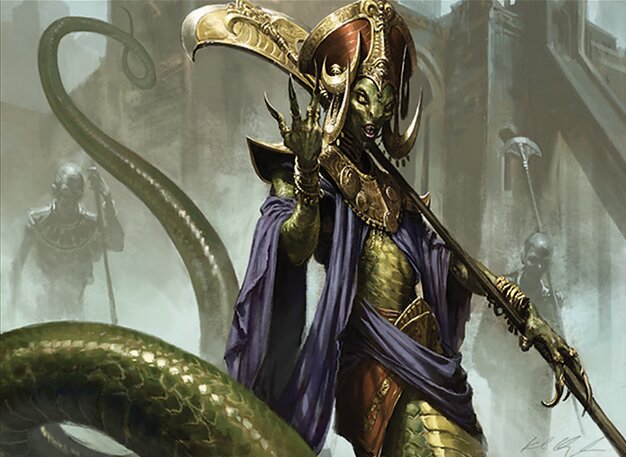
Sidisi, Brood Tyrant
Uses self-mill to generate zombie tokens and maintain board presence, combining reanimation and attrition to overwhelm opponents.

Narset, Enlightened Master
Focuses on casting noncreature spells and enchantments to control the game and gain incremental advantage, avoiding early aggression.
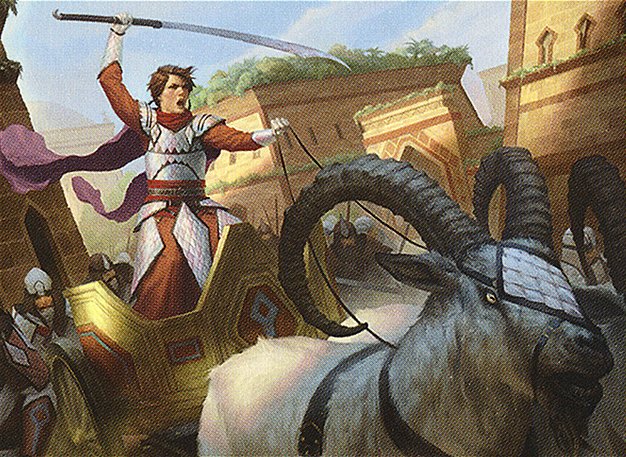
Anafenza, the Foremost
Combines defense and board control with strong creatures and utility enchantments, aiming for gradual advantage and disruption.

Surrak Dragonclaw
Aggressive creature-based deck that uses powerful, trampling creatures and combat tricks to apply pressure and close out the game quickly.
Gameplay Insights
- 1
Early Strip Mine usage disrupted opponents’ mana bases, creating a tempo advantage and forcing resource management decisions.
- 2
Sidisi’s self-mill ability was effectively leveraged to build a board of zombie tokens, imposing a steady threat on other players.
- 3
Surrak’s flash-in creatures and aggressive combat choices put pressure on the table, forcing opponents into defensive postures.
- 4
Wrath of God served as a key board reset, allowing players to disrupt threatening board states and reset the flow of the game.
- 5
Players used politicking and selective attacks to manage threats and avoid early elimination, balancing aggression with survival.
Notable Cards
-

Strip Mine
-
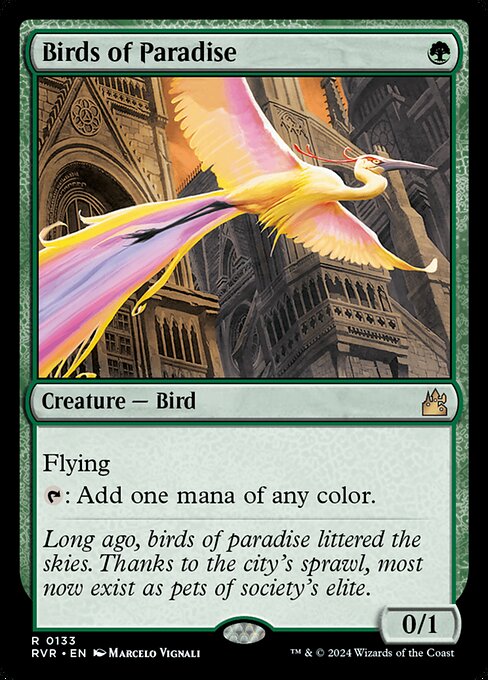
Birds of Paradise
-

Ghostly Prison
-
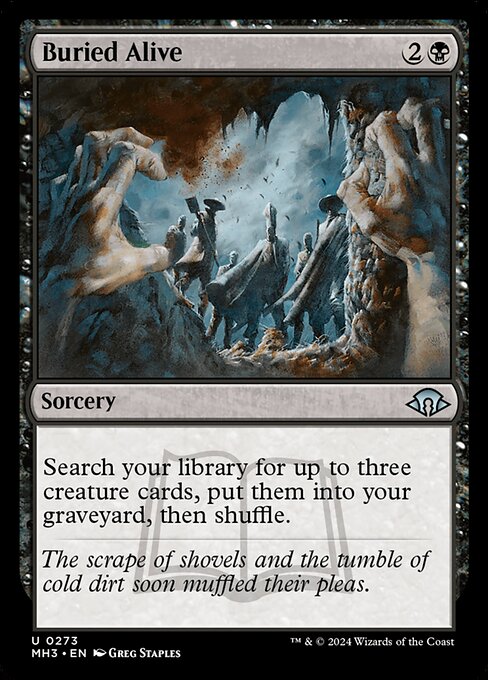
Buried Alive
-

Reassembling Skeleton
-
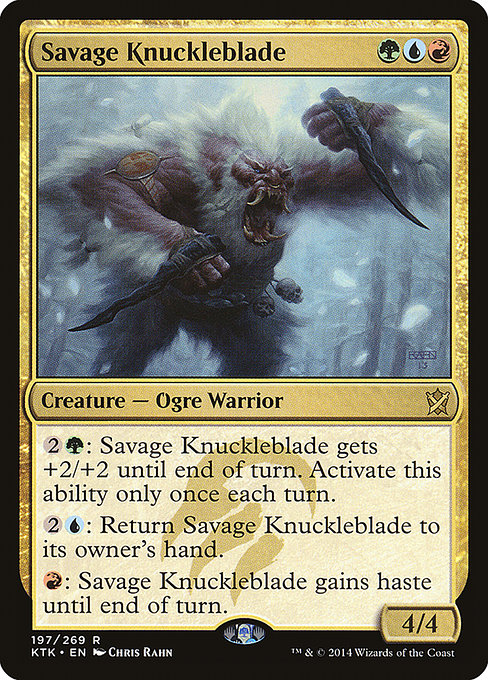
Savage Knuckleblade
-
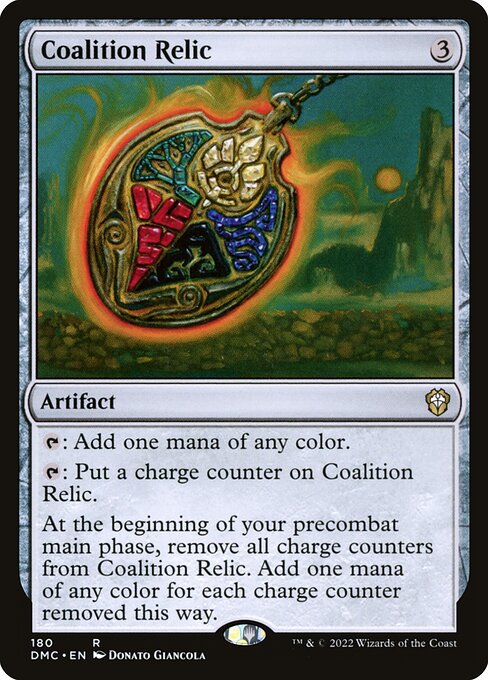
Coalition Relic
-
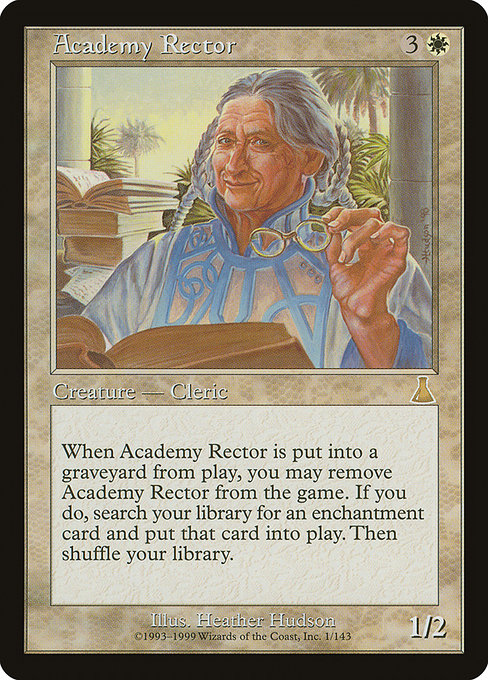
Academy Rector
-
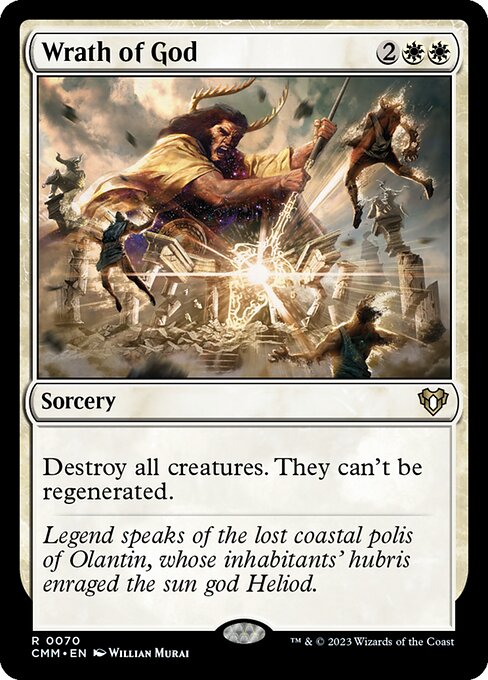
Wrath of God
-
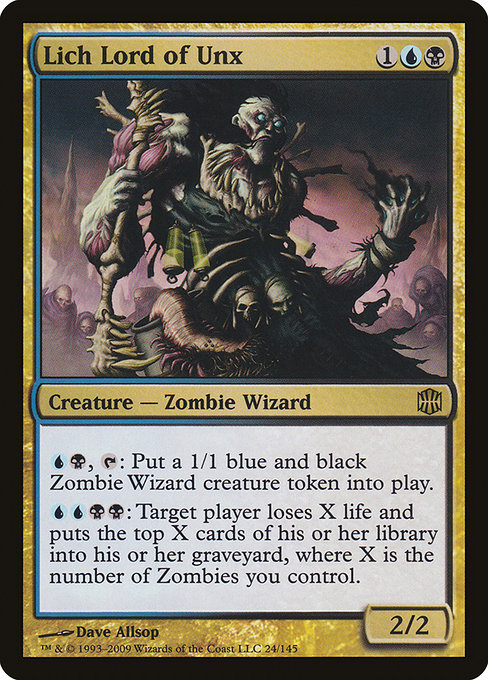
Lich Lord of Unx
-
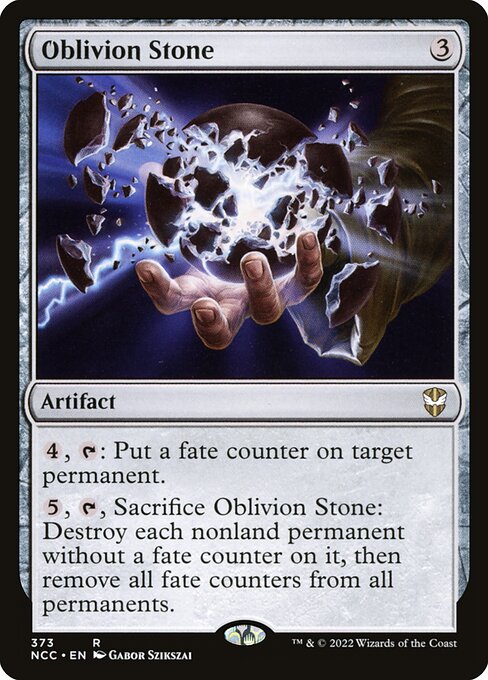
Oblivion Stone
-

Boros Signet
Gameplay Summary
The multiplayer Commander game featuring Sidisi, Brood Tyrant; Narset, Enlightened Master; Anafenza, the Foremost; and Surrak Dragonclaw began with a typical ramp and setup phase.
Early plays included ramp spells like Birds of Paradise and mana artifacts such as Coalition Relic, alongside key lands like Sulfur Falls and Tropical Island.
Strip Mine made an early appearance, signaling land destruction as a tactical threat.
The board developed with reanimator elements, notably Buried Alive and Reassembling Skeleton, and control elements such as Ghostly Prison to slow aggressors. Sidisi’s deck focused on milling and generating zombies, using her ability to create board presence through self-mill, which started to become a threat once she cast her commander.
Surrak Dragonclaw exerted aggression with creatures like Savage Knuckleblade and a flash-in Dragonclaw, pressuring opponents with high power and trample.
Anafenza played a more defensive and controlling role, deploying creatures like Academy Rector and using enchantments to manipulate the battlefield.
Narset’s deck leaned on enchantments and spells to control the game tempo while avoiding direct conflict early on.
A pivotal moment was the casting of Wrath of God, which reset some of the board states, allowing players to recalibrate their strategies.
The game featured subtle politicking and targeted attacks, with players weighing the threat levels of each opponent’s board state.
Sidisi’s zombie tokens and reanimation strategy combined with Surrak’s aggressive creatures set the stage for impactful combat phases, while Anafenza and Narset prepared their own win conditions through control and incremental advantage.
![Commander Versus Series: Sidisi v. Narset v. Anafenza v. Surrak [MTG Multiplayer] thumbnail](https://i.ytimg.com/vi/P64jtTyYHd8/sddefault.jpg)




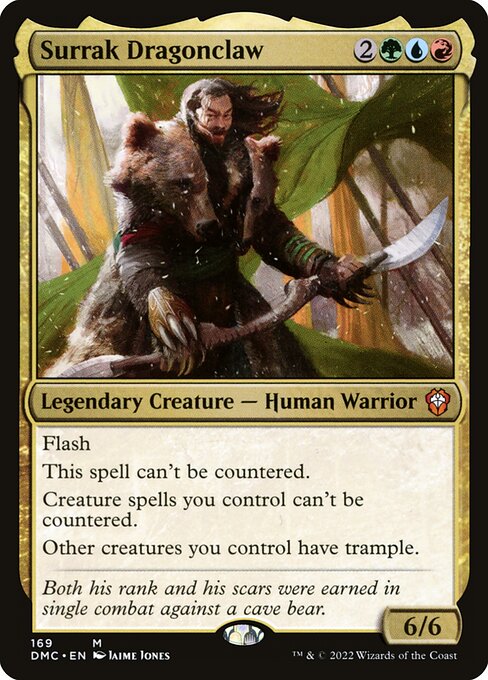
![Commander Versus Series: Deck Tech - Sidisi v. Narset v. Anafenza v. Surrak [MTG Multiplayer] thumbnail](https://i.ytimg.com/vi/CfxPrUkh1x4/sddefault.jpg)




![Commander VS S6E8: Surrak vs Rhys vs Volrath vs Sygg [MTG] thumbnail](https://i.ytimg.com/vi/GIpfeqeSY3Y/sddefault.jpg)
![Commander VS S15E3: Sidisi VS Grothama VS Zndrsplt & Okaun VS Ruhan [EDH] thumbnail](https://i.ytimg.com/vi/8cVo3-xP-rE/sddefault.jpg)
























